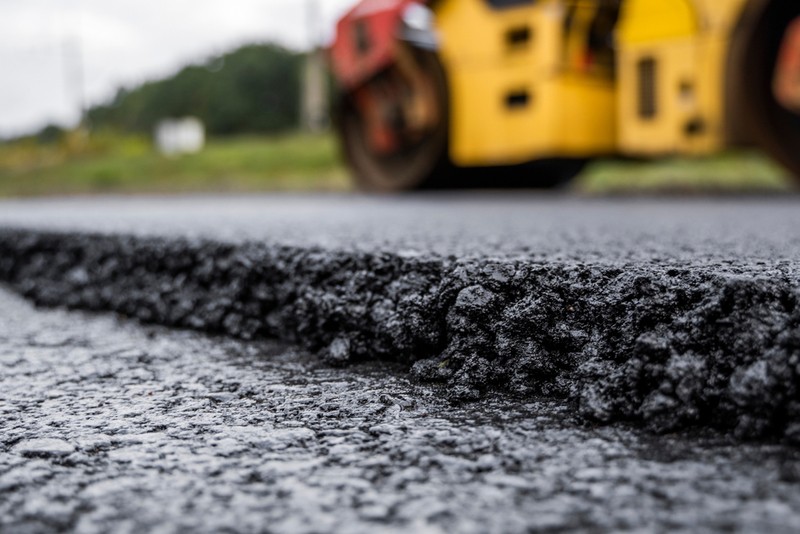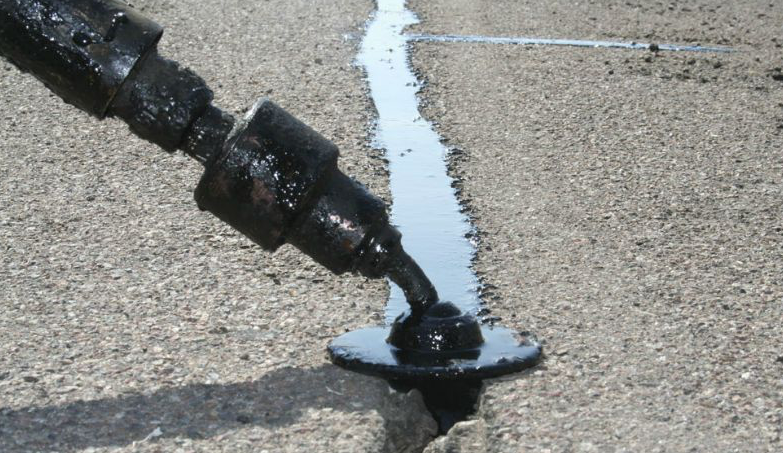Make Best Use Of Financial Investment Returns: Angled Car Park Excellence with Asphalt Sealing
Make Best Use Of Financial Investment Returns: Angled Car Park Excellence with Asphalt Sealing
Blog Article
Hot Mix Asphalt: A Sustainable Solution for Sidewalk
Hot Mix Asphalt (HMA) has become a leading sustainable option for pavement options, providing a myriad of innovative innovations and environmental advantages. Its capability to reuse products and decrease energy usage presents a compelling instance for its adoption in road construction jobs. Moreover, the long-term performance and longevity of HMA make it a recommended alternative for facilities advancement. As the demand for environment-friendly building and construction techniques grows, exploring the nuances of HMA's sustainability can give important understandings right into the future of sidewalk services.
Environmental Advantages of Warm Mix Asphalt

In Addition, Hot Mix Asphalt helps to alleviate city warmth island results. Its dark color takes in sunshine, lowering the quantity of heat showed back right into the environment compared to lighter-colored sidewalks. This can reduce ambient temperature levels in urban areas, reducing the need for air conditioning and eventually reducing energy usage.
Furthermore, Warm Mix Asphalt contributes to boosted stormwater management. Its permeable nature allows water to penetrate the pavement and reenergize groundwater supplies, reducing overflow and the danger of flooding. These environmental advantages make Hot Mix Asphalt a sustainable selection for paving roads and highways.
Power Efficiency in HMA Manufacturing
Is energy performance a vital aspect in the manufacturing of Hot Mix Asphalt (HMA)? Power plays a significant duty in the production of HMA, influencing both price and environmental sustainability. One key element of energy efficiency in HMA manufacturing is the use of warm mix asphalt (WMA) modern technologies.
Moreover, advancements in plant innovations have caused more energy-efficient HMA manufacturing processes. Modern plants are made with features like recycled asphalt sidewalk (RAP) processing capacities, reliable burner systems, and improved insulation, all adding to energy cost savings. By enhancing power use in HMA manufacturing, the sector can minimize its carbon footprint while keeping high-grade pavement materials. Energy effectiveness is, as a result, a vital factor to consider in making certain the sustainability of Warm Mix Asphalt production.
Recyclability of Hot Mix Asphalt
The recyclability of Hot Mix Asphalt (HMA) is a critical facet of its sustainability and long-lasting ecological effect. HMA is just one of the most recycled materials in the United States, with over 100 official statement million lots of redeemed asphalt pavement (RAP) being recycled yearly in new sidewalk construction. Recycling HMA provides a number of ecological advantages, such as lowering the demand for virgin materials, reducing energy usage during production, and lowering the amount of waste sent to land fills.
The procedure of reusing HMA includes grating the existing pavement, squashing it into smaller items, and blending it with brand-new aggregate and asphalt binder to develop a recycled mix. This recycled mix can frequently carry out along with or perhaps far better than standard HMA, while needing less basic materials and creating lower greenhouse gas exhausts. By integrating RAP right into brand-new sidewalk jobs, road agencies can save all-natural sources, reduce expenses, and lessen the ecological impact of roadway construction and maintenance tasks. In general, the recyclability of HMA plays a substantial function in advertising sustainable techniques within the pavement market.

Long-Term Efficiency of HMA
Asphalt pavements show resilience and resilience over an extensive period, showing the long-term performance of Warm Mix Asphalt (HMA) Additionally, innovations in HMA technology, such as the use of polymer-modified binders and warm mix asphalt, have actually better boosted the durability and longevity of HMA pavements. By prioritizing high quality construction and maintenance practices, HMA proceeds to verify itself as a lasting and cost-effective service for lasting pavement infrastructure.

HMA: Longevity and Sustainability
Showing both durability and sustainability, Hot Mix Asphalt (HMA) has actually come to be a keystone in the building of long-lasting sidewalk infrastructures - commercial parking lot paving. HMA's sturdiness comes from its capability to endure heavy loads, harsh climate condition, and high website traffic volumes, making it a trusted option for roads, highways, and airport terminal runways. The make-up of HMA, which generally includes accumulations, binder, and filler, plays an essential role in improving its durability and resistance to tear click here for more and wear
In addition, HMA's sustainability exists in its recyclability and energy-efficient manufacturing procedure. The ability to reuse reclaimed asphalt sidewalk (RAP) in new HMA blends minimizes the demand for virgin materials and reduces the ecological effect of pavement building and maintenance. Furthermore, the power performance of generating HMA exists in its lower blending temperature levels compared to other sidewalk materials, leading to reduced energy usage and greenhouse gas exhausts.
Verdict
In final thought, warm mix asphalt (HMA) uses a sustainable remedy for sidewalk with its ecologically pleasant qualities. HMA's recyclability, energy performance in production, and lasting toughness make it a green selection for roadway building and construction.
HMA is one of the most recycled products in the United States, with over 100 million loads of reclaimed asphalt pavement (RAP) being recycled each year in brand-new pavement read this building and construction.The procedure of reusing HMA involves crushing the existing sidewalk, crushing it right into smaller sized pieces, and blending it with brand-new aggregate and asphalt binder to develop a recycled mix.Asphalt pavements demonstrate toughness and durability over an extensive period, reflecting the long-term efficiency of Hot Mix Asphalt (HMA) Additionally, innovations in HMA technology, such as the use of polymer-modified binders and warm mix asphalt, have better enhanced the toughness and long life of HMA pavements. The ability to recycle redeemed asphalt sidewalk (RAP) in new HMA combinations decreases the need for virgin products and lessens the environmental effect of sidewalk construction and maintenance.
Report this page